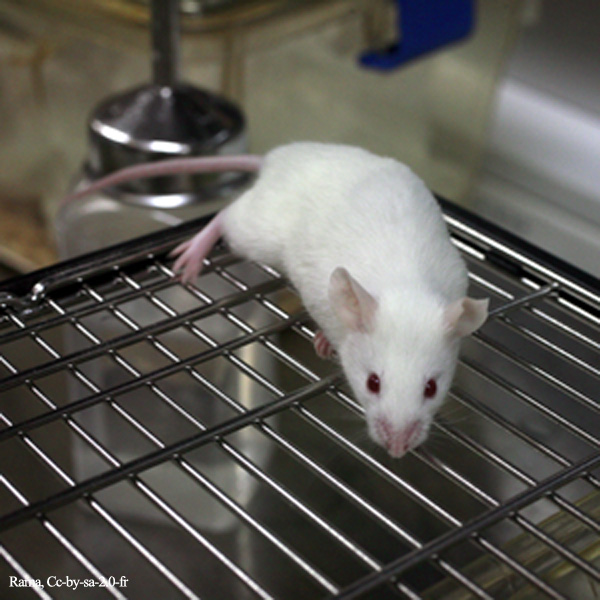Research conducted at the University of Manchester in the UK has identified a novel gene therapy which may return vision to people who are visually-impaired. After receiving a newly-developed gene therapy for restoring vision, previously-blind mice were able to react to the presence of a predator in much the same way as sighted mice. When mice that received the treatment were shown a video of an owl swooping toward them, they ran away.
“You could say they were trying to escape, but we don’t know for sure,” says Rob Lucas, co-leader of the team that developed the treatment. “What we can say is that they react to the owl in the same way as sighted mice, whereas the untreated mice didn’t do anything.”
The new approach works by injecting the gene for light-detecting pigment into the eyes of the blind mice, allowing other cells in the retina to recognize light. Unlike other gene therapies for vision loss that focus on replacing inactive genes in rare, genetic forms of blindness, this treatment may be able to reverse all types of vision loss caused by damaged or absent photoreceptor cells, known as rods and cones.
In healthy eyes, rods and cones are responsible for absorbing light and converting the sensory input into an electrical signal, which is processed into an image. Where these photoreceptor cells are non-functional, the technique developed by Lucas and colleagues allows other cells in the eye – like the ganglion and bipolar cells – to produce their own light-sensitive pigment so they can somewhat act as photoreceptors.
Lucas and his team introduced the human gene for rhodopsin – the pigment used by rod cells to detect light – via a viral vector, into the eyes of the blind mice. The rhodopsin gene was expressed under a tissue-specific promoter which would ensure that the gene was only expressed in the ganglion and bipolar cells.
Treated mice were able to distinguish objects based on size. According to Lucas, “The treated mice could discriminate black and white bars, but only ones that were 10 times thicker than what sighted mice could see.”
This was an improvement over earlier experiments that found the treated mice could only distinguish objects under very bright light. “Our mice could respond in ordinary light, the equivalent of looking at a computer monitor under ordinary office lighting,” says Lucas.
The viral vector used in the gene therapy has already been approved for use in humans, and Lucas is hopeful that human trials of the treatment will begin in about five years. “This is the most effective example yet of the use of genetic therapy to treat advanced retinal degeneration,” says Robin Ali, whose team at University College London has previously tested gene therapy in patients with inherited forms of blindness.
Sources:
- Gene therapy cures blindness by replacing vision cells in eyes – https://www.newscientist.com/article/dn28047-gene-therapy-cures-blindness-by-replacing-vision-cells-in-eyes/
- Cehaji-Kapetanovic, J., Eleftheriou, C., Allen, A., Milosavljevic, N., Pienaar, A., Bedford, R., Davis, K., Bishop, P., and Lucas, R. (2015). Restoration of Vision with Ectopic Expression of Human Rod Opsin. Curr. Biol. 25 (16), 2111-2122.












Join or login to leave a comment
JOIN LOGIN